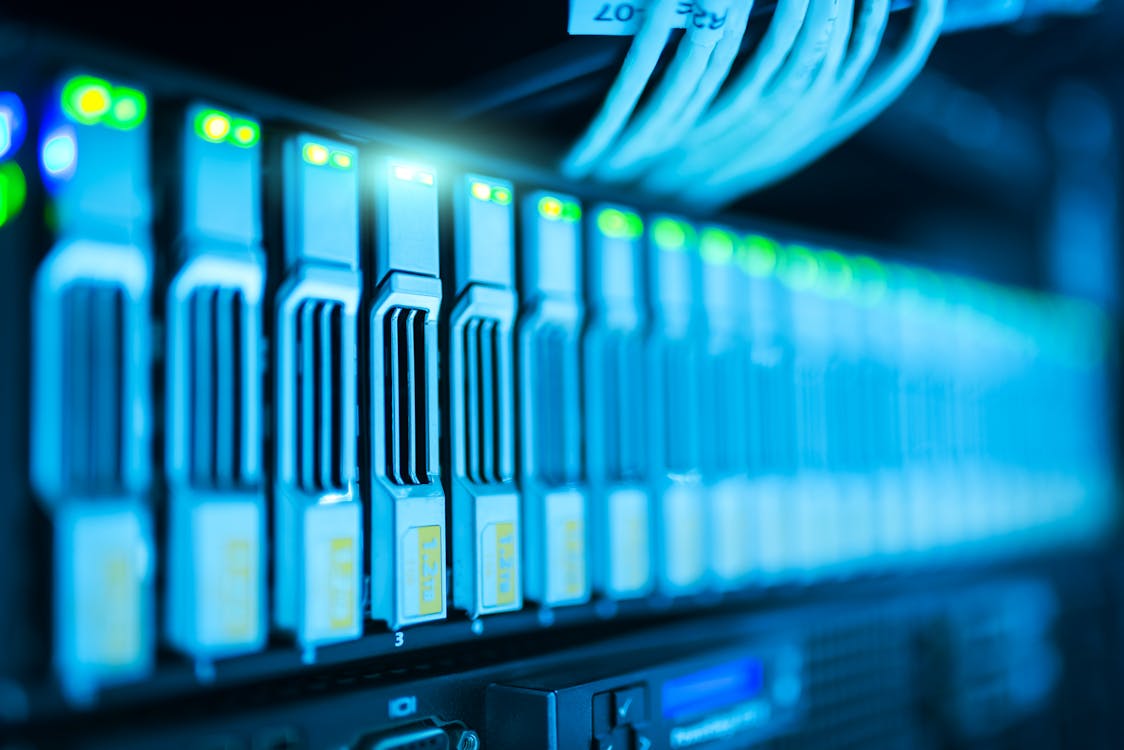The rapid advancement of quantum computing has the potential to revolutionize various industries, including digital forensics. As cybercrimes grow increasingly complex, traditional forensic methods struggle to keep pace.
Quantum computing offers transformative capabilities, enabling faster analysis, deeper insights, and new approaches to tackling digital evidence. This blog explores how quantum computing is reshaping the digital forensics landscape.
1. The Basics of Quantum Computing in Digital Forensics
Quantum computing leverages quantum bits (qubits), which operate on principles like superposition and entanglement, allowing for exponentially greater computing power compared to classical systems.
In digital forensics, this power translates into the ability to process massive datasets and solve intricate problems faster than ever before. Tasks such as decrypting secure data or analyzing complex patterns in digital evidence could become significantly more efficient with quantum computing.
2. Speeding Up Encryption Decryption
One of the most time-consuming tasks in digital forensics is decrypting encrypted files or communications. Quantum algorithms, such as Shor’s algorithm, can break encryption schemes like RSA in a fraction of the time needed by classical computers.
This ability can help investigators quickly access critical evidence, accelerating criminal investigations and reducing the time criminals have to cover their tracks.

3. Enhanced Pattern Recognition in Data Analysis
Digital forensics often involves sifting through enormous amounts of data, such as logs, emails, and file systems, to find relevant evidence.
Quantum computing can improve pattern recognition and data correlation, allowing forensic experts to identify hidden connections and anomalies with unprecedented accuracy. This capability is particularly useful for uncovering sophisticated cybercrimes and fraud networks.
4. Simulating Cybercrime Scenarios
Quantum computing enables digital forensic experts to simulate complex cyberattacks and system breaches more effectively. Investigators can better understand how cybercrimes were committed and identify vulnerabilities in systemsby modeling and analyzing attack scenarios. This capability also aids in creating more robust cybersecurity measures to prevent future incidents.
5. Challenges and Ethical Considerations
Despite its promise, the integration of quantum computing in digital forensics presents challenges, including the need for specialized training and the ethical implications of breaking encryption.
Furthermore, criminals could also leverage quantum technology to create more sophisticated attacks, sparking a new arms race in cybersecurity. Addressing these challenges requires collaboration between technologists, law enforcement, and policymakers.
AR and VR are proving to be game-changers in digital forensics training and visualization. These technologies ensure forensic professionals are better equipped to combat cybercrime by providing immersive learning experiences, enhancing collaboration, and improving evidence presentation. As AR and VR continue to evolve, their potential to revolutionize digital forensics is limitless.
Unlock the Power of Quantum Computing in Digital Forensics
Stay ahead of cybercriminals with Eclipse Forensics. Our computer forensic solutions accelerate investigations, enhance encryption decryption, and uncover hidden data patterns. Contact us today to learn how we can help you harness the future of digital forensics and solve cases faster than ever before.

